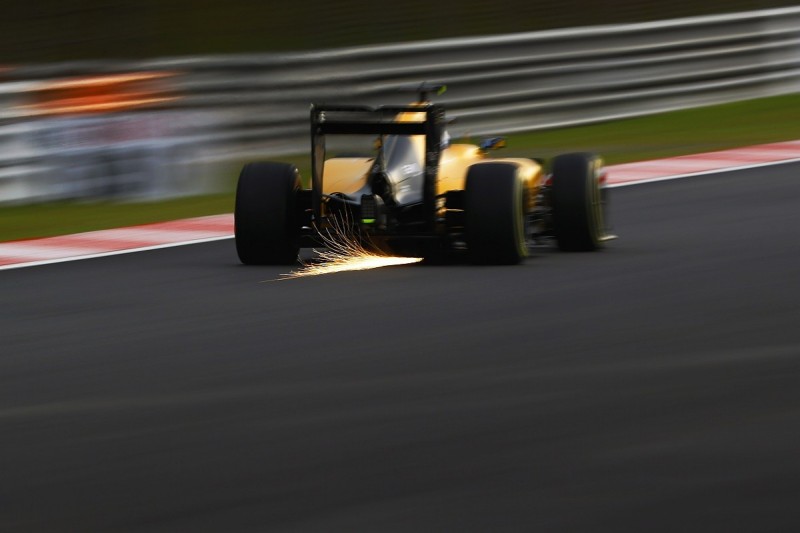'No excuse' if Renault isn't solidly in F1 midfield in 2017
Renault has no excuse for not being solidly in the Formula 1 midfield in 2017, admits the team's managing director Cyril Abiteboul

A late decision to make Lotus its works team and a subsequently swap from Mercedes to Renault power meant the French manufacturer ran a compromised car in 2016.
It struggled throughout the season, ending up ninth in the constructors' championship - ahead of only Sauber and Manor.
Renault has embarked on a substantial building programme at its Enstone headquarters and increased its workforce by around 20% in the last year.

It also switched its focus to the 2017 technical regulations early, leaving Abiteboul optimistic.
"Now that there's a reset of regulations, in my opinion it's even better because we have no excuse not to be at the same level as the midfield at the start of the season," he told Autosport.
"But against the top teams it's still going to take some time.
"We need to invest in the infrastructure, because if I'm honest, the top teams continue to drift away.
"They are developing quicker than we are developing. That's why we need to grow the infrastructure."

Having been third behind Mercedes and Ferrari in the engine pecking order in 2015, Renault made clear progress with its power unit last year.
The team's chief technical officer Bob Bell put that down to a new approach from the engine team at Viry.
"They are much more disciplined and rigorous about explicitly saying what the modifications that they make and bring to the track are capable of delivering," Bell told Autosport.
"Sometimes when you bring in engine development, it might make the engine quicker on a dyno but when you install it on the car you see some losses on a chassis rate.
"Just as an example, perhaps if you make the engine more performant and in the process it runs hotter, you have to make your radiators slightly bigger so overall you get less benefit.
"Overall on the engine side, we've known exactly what we're getting and it's done what it's said on the tin."
Be part of the Autosport community
Join the conversationShare Or Save This Story
Subscribe and access Autosport.com with your ad-blocker.
From Formula 1 to MotoGP we report straight from the paddock because we love our sport, just like you. In order to keep delivering our expert journalism, our website uses advertising. Still, we want to give you the opportunity to enjoy an ad-free and tracker-free website and to continue using your adblocker.


















Top Comments